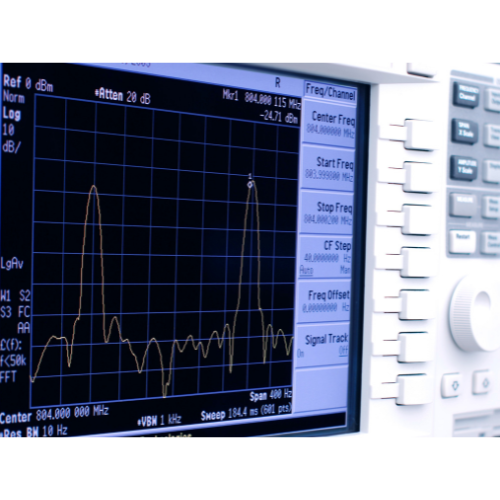RF Testing

RF testing involves measuring and analyzing radio frequency (RF) signals to ensure the proper performance of transmitters, receivers, and antennas. In amateur radio, RF testing is crucial for maintaining signal quality, reducing interference, and ensuring compliance with regulations. It also helps in identifying issues in circuits or equipment and optimizing their performance.
General Ham Resources
RF Testing Examples
-
SWR Meter: An SWR meter is used to measure the standing wave ratio, helping to determine the efficiency of an antenna system and ensuring minimal reflected power.
-
Field Strength Meter: A field strength meter measures the intensity of the RF field generated by a transmitter. It helps in adjusting antenna placement and orientation for optimal signal strength.
-
Spectrum Analyzer: A spectrum analyzer provides a visual representation of the frequency spectrum of a transmitted signal, which is useful for identifying harmonics, spurious emissions, and other unwanted signals.
-
Oscilloscope: An oscilloscope helps visualize the waveform of an RF signal, providing insights into the modulation characteristics and signal integrity.
-
Antenna Analyzer: An antenna analyzer measures the impedance of an antenna across different frequencies, making it easier to tune an antenna for the desired frequency range. Antenna Analyzer is an essential tool for any serious amateur radio operator.
Local Club Activities
In 2024, RARS had a donation of several Agilent lab-quality spectrum analyzers. These devices are still useful for ham radio testing. Running an attenuated RF signal into one can show how the signal looks and aslo harmonics. If you want to see how your radio output looks, this is a great resource.
For a less expensive but less sensitive option, we have experts in the operation of the Tiny SA Ultra.
Come to a RARS Gathering meeting to play with some RF testing.